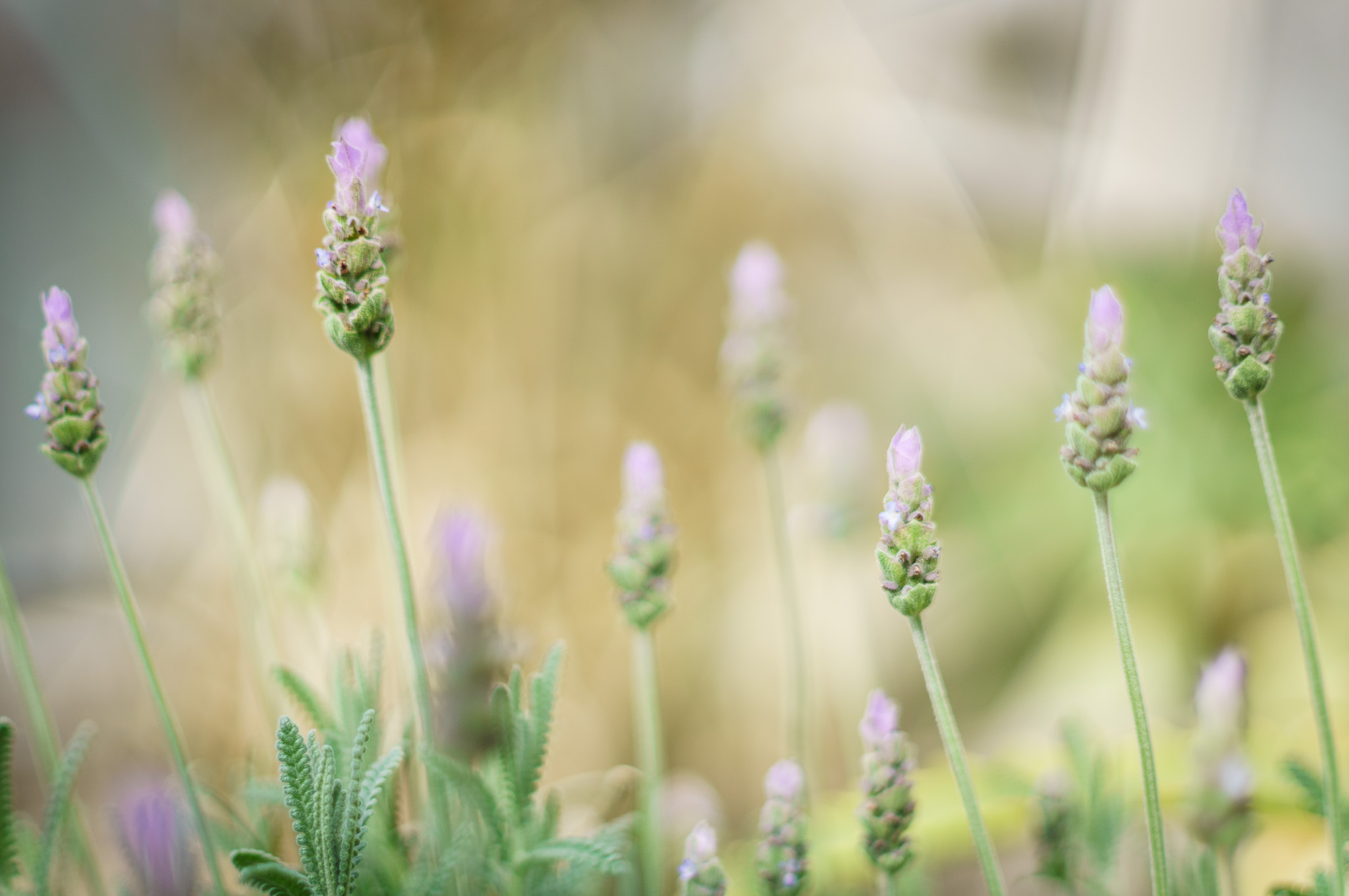shooting dancers using wide angle lenses can be very rewarding
Read MoreImpressions about the Canon FD 55m f1.2 S.C.C
Hey guys,
today things are going to be a bit more technical than usual. I am going to talk about camera gear. And more precisely about a lens I just bought: the Canon FD 55mm f1.2 S.C.C.
Canon lens you said? I thought you used a sony camera?
Yes, that's right, i am not crazy. As I said in my post about mirrorless camera as a good choice for aspiring photographers, you can adapt any kind of lens to these cameras. Which makes them kind of universal.
So why did I buy this specific lens?
Well I have been reading a lot of good reviews of the newly released Fuji 56mm f1.2. Apparently portrait photographers around the world are loosing their mind over it.
The problem is: i don't own (yet?) a fuji camera and the lens costs 1000$!
So i started looking for alternatives. Since it is going to be mainly a portrait lens (roughly 85mm f1.8 equivalent) i did not care about the autofocus abilities. I looked on ebay and food this lens:
It had everything I wanted, f1.2 for crazy bokeh (background blur) and the adapter for my camera was about 9$!
total price of the package 209$, hard to beat that.
209$, it must be a piece of crap lens for this price?
That's the cool thing, no it is not. This lens is more than 30 years old, that's why it is cheap. But that does not remove any quality from it. The build feels very solid with an all metal construction. My only thing to say is that it is actually pretty heavy. But the more i use it the more I like the weight. It feels very solid.
So, that's all nice and technical but what can it do?
Well because it is a f1.2, even on a cropped sensor, you get a really shallow depth of field. Which is nice for really dreamy photos and portraits
here are a few examples:


See, the area in focus is really thin... and that what's make this lens so cool... and sometimes hard to work with. Focusing properly definitely requires some skills, but after a while you get the gist of it and everything becomes pure photographic happiness!
I am not gettin too much into technical details so yes the lens is a bit softer at f1.2 and has some chromatic aberration when wide open. However for the price you can beat that. And you can correct most of the defects in 2min in post.
So for me it's an ideal companion for someone who likes portraiture or beautiful soft backgrounds!
Jeremy
Why every new aspiring photographer should consider mirrorless cameras
Hi everyone,
today is gear advice day on the blog. I get a lot of requests from friends asking me what gear they should by to start in photography.
Like mot people, they are considering DSLRs as their first buying option. After all if it looks professional it must take good photos right?
Let's go over the basics here and I will tell you why DSLRs are not necessarily a good thing for you and why mirrorless cameras probably have what you need.
First let's be clear, the camera is not taking the photo, YOU are. A camera is just a tool. And in today's age any camera can take a good picture if the photographers knows what he is doing. Saying "your camera takes beautiful pictures" is like saying "your paint brush does beautiful paintings" or "your guitar plays beautiful songs". Your camera is only doing what you ask it to do.
Does this mean a better camera won't take better pictures?
Of course not. With a better camera you can take better pictures. Extremes conditions (low light, sports...) become possible/easier with better cameras.
But that's not all.
Most people think they have to buy a big heavy DSLR to take better pictures, this was actually my first mistake in photography. I bought a Canon Rebel T2 (Kiss x3 or 500D). While i loved it at the time, i quickly realized that it was simply too big for me to take it all the time. And it got worse and worse... in the end I was never taking it with me and I was taking pictures with my iphone instead. What a shame!
Then I discovered mirrorless cameras. They are simply DSLRs without a mirror... brilliant! It means you get DSLR quality, without the size and weight. (because the mirror takes some space to flip up and down)
Here is a comparison between my old 500D (actually the 550d but it is the same size) and my current NEX-6. It is half of the size! And the pictures quality is exactly the same if not better.
Trust me on that one, the best camera is the one you can take with you all the time. So if you are just starting in photography, no need to go for big bulky DSLRs. Save this for when you decide to become pro and you will have very specific needs (even though a lot of pros are also going for mirrorless cameras these days, see Trey Ratcliff, Zack Arias or Frank Doorhof)
Anyway, after all this blabla here are a few recommendations for people just starting out in photography.
These are all good step-up from point and shoot or phone cameras and any of this can take amazing pictures. I am trying to keep the budget below $500.
Sony NEX-3N
Probably the best value camera on the market right now. The sensor in this thing is the same as most amateur DSLR and at this price point there is simply no argument against it.
Fujifilm X-A1
The fujifim equivalent. A bit more expensive but they have a good choice of lenses of very high quality. The Image quality you can get from this Fuji camera is really cool.
Of course ou don't have to start with a Sony camera, the other big system in mirrorless world today is called Micro four thirds or m43. The gret thing about this system is the number of lenses available, it is simply incredible! However the sensors are a bit smaller so image quality is a bit inferior to the bigger sensors above, most noticeably in low light. But don't be scared , these are still excellent contenders and they are most of the time even smaller than the one above.
The only drawback of m43 is that the good entry level models seem to be a bit more expensive than the cameras mentionned above.
Here are 2 good ones
Olympus OM-D-EM10
Amazing little camera that looks like an old school SLR. You can adapt a lot of old lenses on this and it has in body image stabilization to help in the process
Panasonic GM1
So compact that is looks like a point and shoot, but underneath the hood it is a small powerhouse.
To finish, I am going to tell you about another big advantage of mirrorless cameras (any mirrorless). I briefly mentioned it in the OM-D Em10 section above but, because these cameras do not have a mirror, the distance between the sensor and the back of the lens is very short. This means that by just buying very inexpensive ring adapters you can put any lens on these. These are almost universal! The only catch is that a lens with an adapter generally becomes entirely manual (focus and aperture control), but you can get really cool old lenses for a very good price this way. I'll demonstrate this in future articles .
Here is for example a Canon FD lens on my Sony NEX-6 camera:
On this picture, the first silver ring is the camera original E-mount. The black ring adapter sits between the lens silver ring and the camera silver ring.
Let me know in the comments if you have any questions on these cameras, I'll be happy to help you out!
Jeremy
Like my photos and live in LA? I am selling my camera...
Hey guys just to let you know,
if you like the quality of my pictures and live close to LA, I happen to be selling my camera.
I want to upgrade to a more professional camera, so if you know somebody who is interested let me know!









